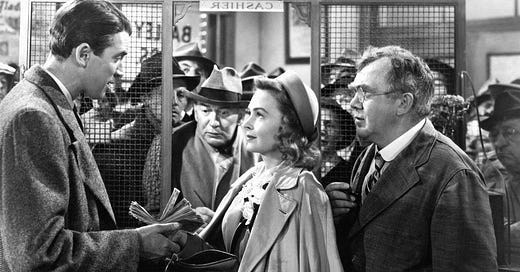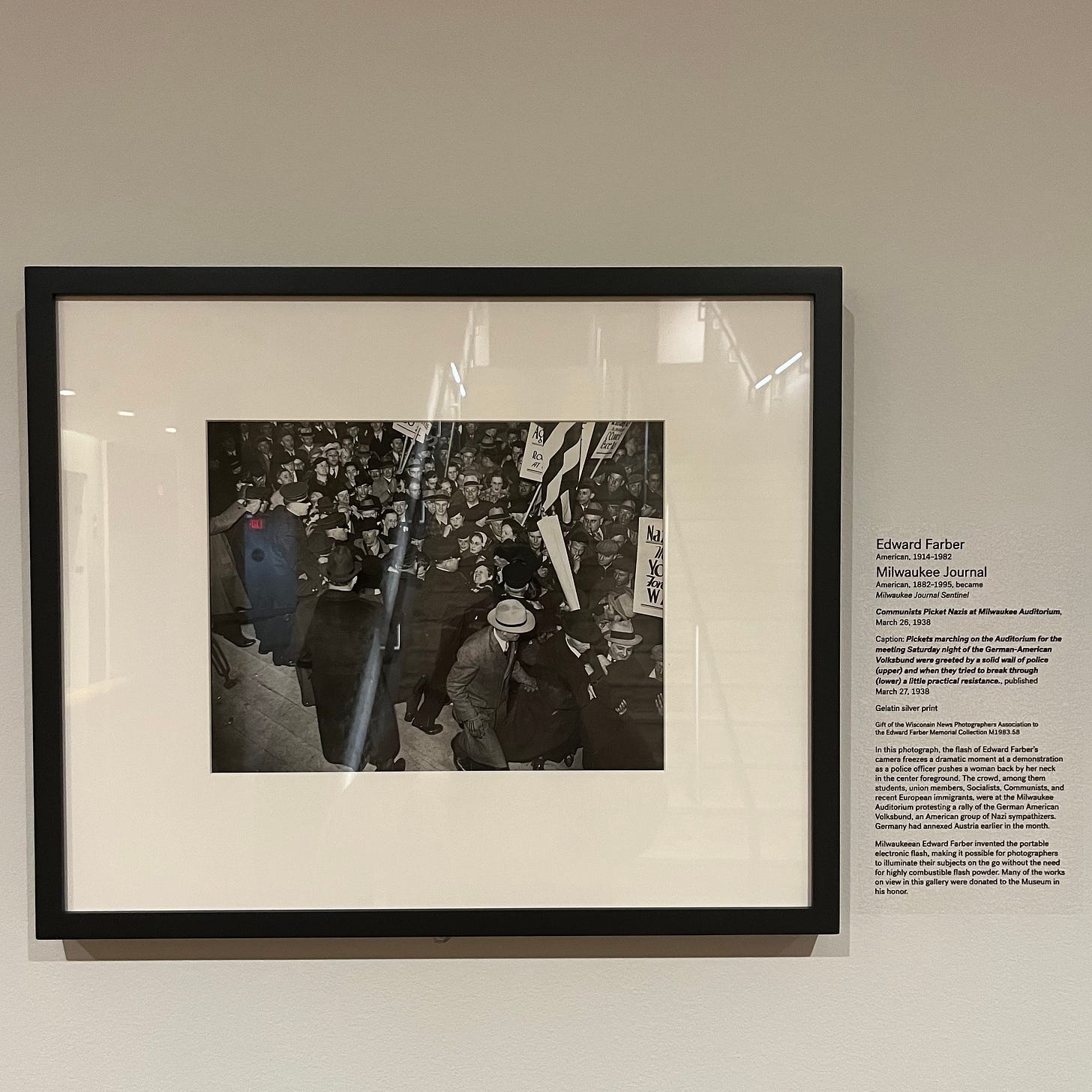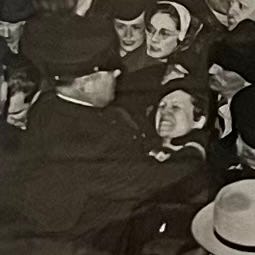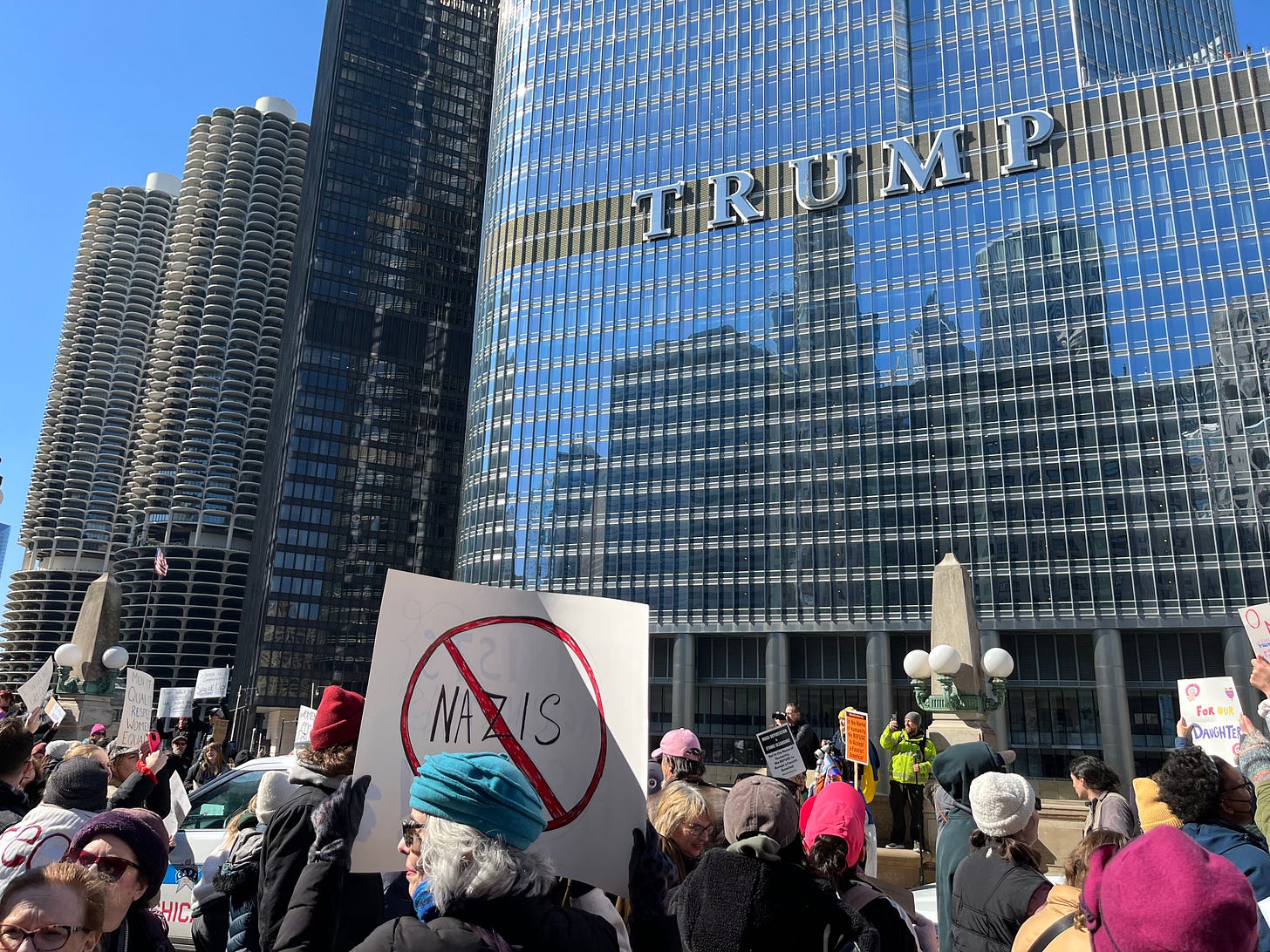There is a scene in Frank Capra’s It’s A Wonderful Life that keeps playing in my mind these days. (You can watch it here.) In it, George and Mary have just gotten married. It’s raining. They’re riding a cab, driven by their friend Ernie, as they head off on their honeymoon with a pile of cash and plans to explore the world. “After that, who cares?” jokes Mary.
Suddenly, Ernie pulls over. “Don’t look now, but there’s something funny going on at the bank, George.” It becomes clear that Depression Era economic instability was hitting Bedford Falls. The townspeople are frantically trying to access their money, and George realizes that he needs to check in with the situation at the Bailey Building & Loan. Mary can tell that their honeymoon plans are in grave danger, and she tries to regain his attention. “George, let’s not stop. Let’s go!”
But George does go to the Building & Loan and spends a fair amount of time trying to convince their customers not to sell their shares away to Mr. Potter, the town’s rich and greedy businessman. The crowd seems to agree with George’s assessment, but they wonder how to manage the next few days without any money. In the meantime, Mary has quietly entered the scene and, in a crucial moment, she recognizes her responsibility to make a sacrifice. “How much do you need?” she asks, holding up the stack of cash she and George had been planning to spend on their honeymoon.
For most of the film, Mary Bailey’s character feels somewhat out-of-reach for normal people. She’s clever, beautiful, and ever-patient. She raises children and hangs wallpaper and volunteers with the Red Cross and even roasts a chicken on a spit, harnessing the power of the phonograph to turn the bird in their cozy fireplace. Who can possibly live up to this ideal?
But I love this scene. We get to witness Mary’s desperate resistance to a real problem and her transformation into a person of courage and self-sacrifice. Her initial denial humanizes her and gives me hope that maybe I, too, can rise to the occasion when the time is right.
I’ve been pondering this process of transformation for the past few months. What does it look like for regular people to exhibit courage? When we look back in history, what can we learn about living according to deeply-held principles, even in the face of danger or struggle? We’re living in an era of rapidly-changing norms and big shifts in government, many of which frighten and enrage me. I’m curious to see what it takes to be an ordinary and brave person in 2025.
An Ordinary Person in 1929
When Jon and I visited Milwaukee, we became entranced by their art museum. (Caveat: I really don’t spend all of my time at art museums, but I appear to have significant experiences at them and these show up in my writing.) Jon was moved by an exhibit of journalistic photographs, and he showed me a particularly striking one:
Yup, that’s Adolf Hitler, having a picnic with some buddies. This photograph was taken in 1929, ten years before the start of World War II. Who were those men having lunch with Adolf, normalizing him in the eyes of the world? Who prepared the food? Who were the people around the margins who gave support and structure to this soon-to-be dictator, and how did they reflect on their actions in 1939?
As I think about this scene, I’m conscious of my own woefully anemic understanding of all that led up to the start of World War II. But I think I do understand a few important things: 1) Germans were angry about inflation and a poor economy, 2) Adolf Hitler was legitimately voted into office, and 3) everything seemed pretty normal … until it wasn’t.
This photograph was taken in 1929, the year of the stock market crash that ushered in the Great Depression. This picnic scene took place right around the time the fictional Mary Bailey stepped up to support her community, giving up her dreams of honeymoon travels for the sake of helping neighbors have enough cash to get by for a week or so. Mary would not have been in a position to influence Hitler or Churchill or Roosevelt, but she was aware of her own power and used it for good.
But was that really all she could have done? Did Mary explore the boundaries of her power? Were there actions she might have considered that she ended up leaving on the table? And would it have made a difference? How did she choose what work was hers to do?
An Ordinary Person in 1938
Back at the Milwaukee Art Museum, Jon and I pondered this photo taken in March 1938 of a protest against Nazis.
In the center of the photograph, the crowds are pressing in upon the steps of the Milwaukee Auditorium and a moment of dramatic action is captured by the new flash technology: “…a police officer pushes a woman back by her neck.” Jon’s mother grew up in Milwaukee and would have been just four years old at the time of this event. “That woman could have been my grandmother,” Jon mused. This group of ordinary students, union members, and housewives gathered to protest “a rally of the German American Volksbund, an American group of Nazi sympathizers.”
How did that woman reflect on her activism? How did the rest of the crowd remember it? From one point of view, their work was effective — they made news in the local paper that day. The memorable photograph stood the test of time and landed a space in a museum display almost 90 years later. But were they disappointed that their efforts did not prevent the next years of suffering and death?
An Ordinary Person in 2025
Last Saturday in Chicago, Lucy and I marched alongside our friends Linda and Eve in the Women’s March. Linda and I had attended the Women’s March in 2017, and it felt right to join this one too.
The crowd in 2025 was fierce and determined but smaller and more exhausted than our showing eight years ago. We marched from the Daley Plaza to Trump Tower, chanting “This is what democracy looks like” and protesting the current administration’s disregard for the rule of law. I’m glad we went, but it also felt terrible at times. The worst part was seeing a half dozen people up on the balcony of Trump Tower, staring down at us dispassionately, completely unaffected by our demands for justice. Lucy had a chance to use the megaphone at one point and she led us in a primal scream. It was the best part of the whole event.
So what does it look like to be courageous? I’m learning that it has to do with discernment — seeking wisdom about what is yours to do and what must be left undone, entrusted to others. Sometimes it means marching, or calling your representatives, or writing letters. Sometimes it means going out of your way to help a neighbor. Sometimes it means paying close attention to the news, and sometimes it means resting, recovering energy for times of future engagement.
Most of this work doesn’t make for a good photograph or a classic film narrative, but there is courage available in it all. Perhaps the most important part is to keep asking the question: what does courage look like for me today?
Tidbits
For this segment, I want to leave you with a prayer that I’ve been praying daily since November 2024. It came to me in the wake of the election and has stood up to all of the atrocities of this administration. The horrible news overwhelms me daily, but this short prayer gives me a little bit of courage and reminds me of the truth that there is no place that cannot be touched by the resurrection presence of Jesus.
Dear Lord —
Amplify the good
Disrupt the evil
Protect the vulnerable
And show me my part.
Amen.










Ann--I love this so much. The thorough and thought-provoking rumination AND the beautiful prayer. It should be all of ours. May it be so...
Thank you, Ann, for giving words to what so many of us feel. The prayer is simple and beautiful. Thank you.